Device foundry highlights
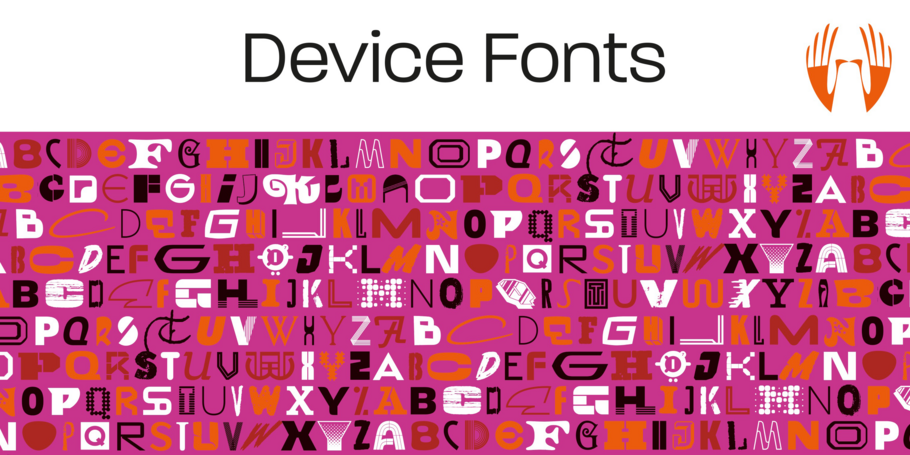
Curated by the Monotype Studio.
Device.
Device Fonts is the font arm of Rian Hughes’ Device studio, operating out of Kew Gardens, London and launched in 1997 to carry Hughes’ growing library of fonts. The foundry has released over 200 original typefaces covering more than 1,000 individual weights, including custom designs for clients as diverse as Mac User, 2000AD and The Teenage Mutant Ninja Turtles. Hughes leverages his background as a comic book artist and his other work as a designer, illustrator and lettering artist to create a wide range of font styles.
Register

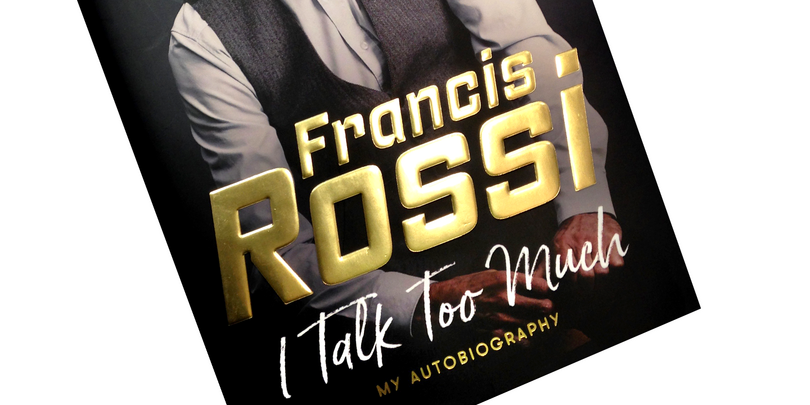
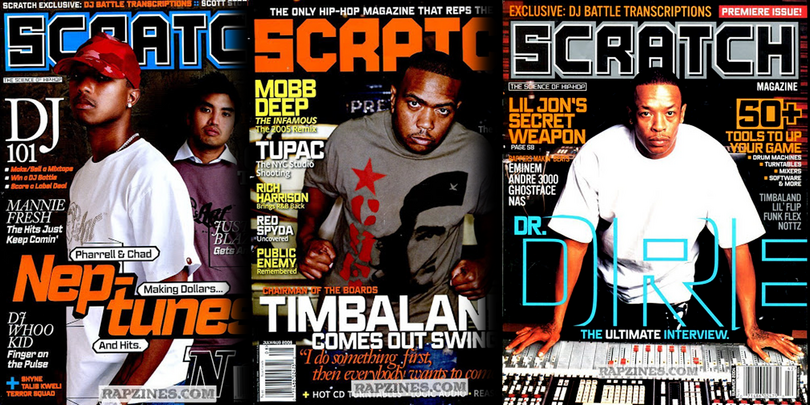
The capitals of Register share a similar construction to Morris Fuller Benton’s 1930 Bank Gothic for American Type Founders, but iron out the broader curves and add ‘ink traps’ to emphasize the machine aesthetic. Register also provides the lowercase that is missing from Bank Gothic. The typeface is available in two main widths, each in five weights plus reweighted italics with cursively-derived letterforms, as well as a bold condensed, Register has been used for the Sochi Winter Olympics, Source magazine, and releases from Transient Records.
Regulator Nova
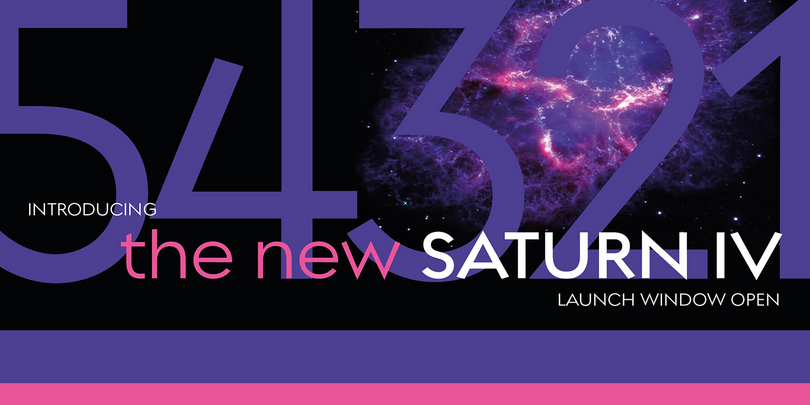
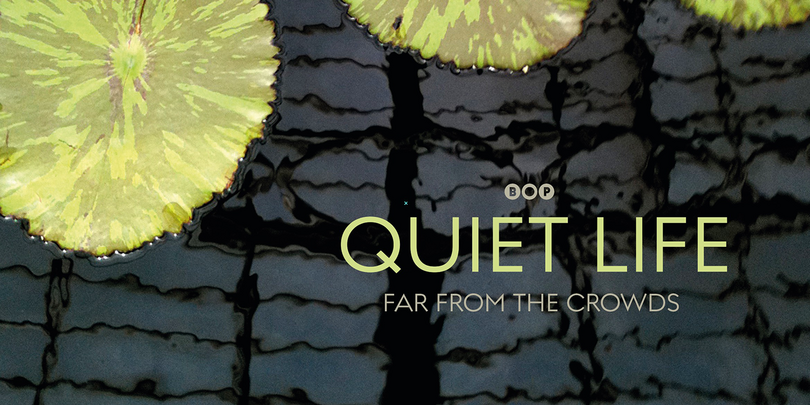
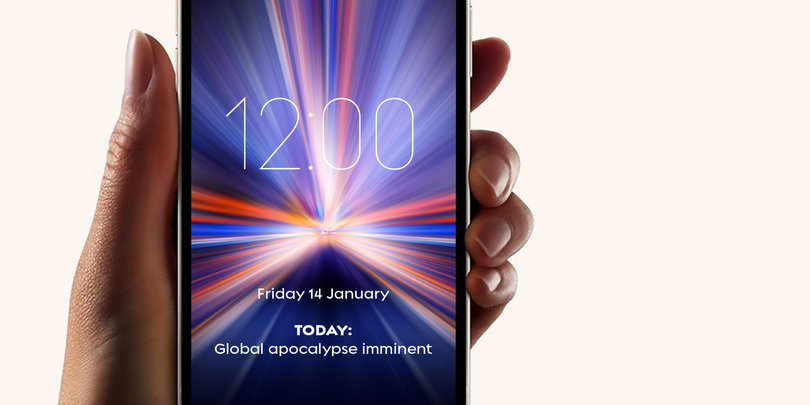
A high lower-case x-height geometric sans with open counters, Regulator Nova is extremely legible at text sizes and in extended settings, while the range of weights also makes it suitable for headlines. The stoke terminals are all cut at close to 90 degrees, lending a sharp precision to the characters. Alternate versions of the g, j, r, w, K, R, W, # and ampersand are available in both upright and italic, and can be toggled on and off in the Opentype panel or the Glyphs palette. Clean, elegant and legible, Regulator Nova has classical proportions based on a circumscribed circle and square, and shares structural similarities to early sans serifs such as Rudolf Koch’s Kabel, while adopting more British forms for the M and R.
English Grotesque
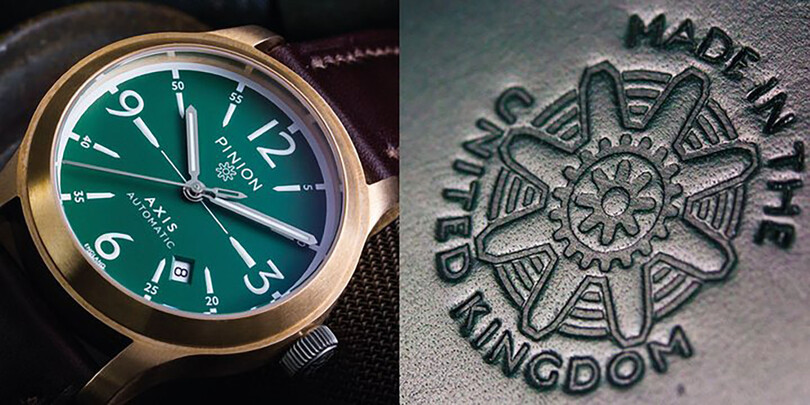
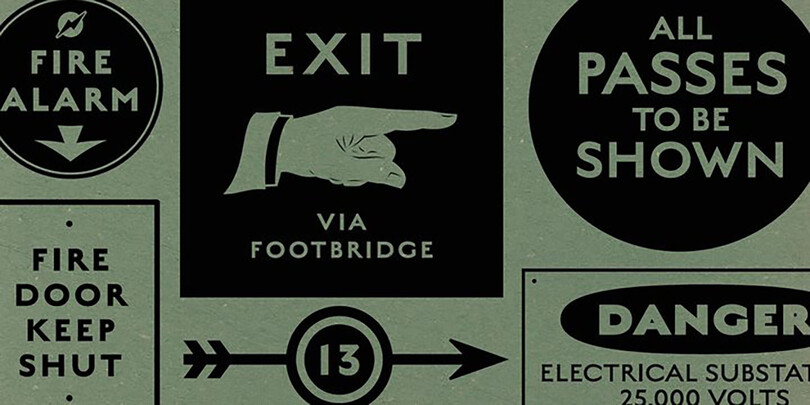


English Grotesque is based on the proportions of an early 20th century signwriter’s sans, emphasising the characteristic idiosyncrasies of type during that period. Sharing a similar Roman circle-and-square construction with Gill Sans or Johnston Railway, it has a wide T and W, a narrow S, and a long-tailed R. The Roman alphabet did not include a lower case, therefore early sans-serifs based theirs on handwritten or cursive models, resulting in more even character widths. English Grotesque, by contrast, carries the more characterful proportions of the capitals through to the lower case. Available in six weights, with optional alternative versions for the Q, &, £ and J.
Ministry

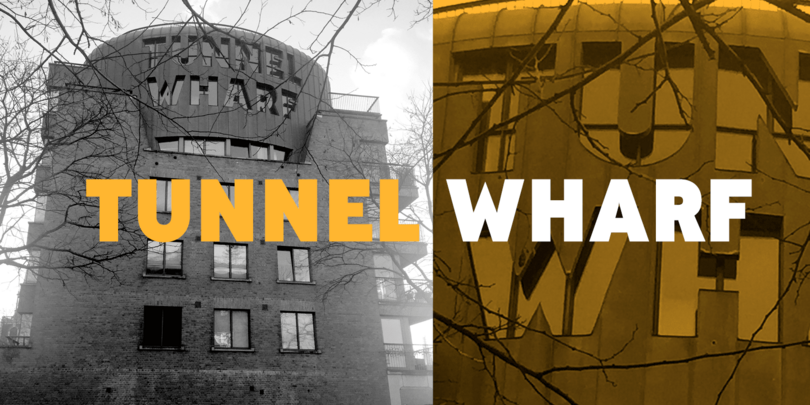
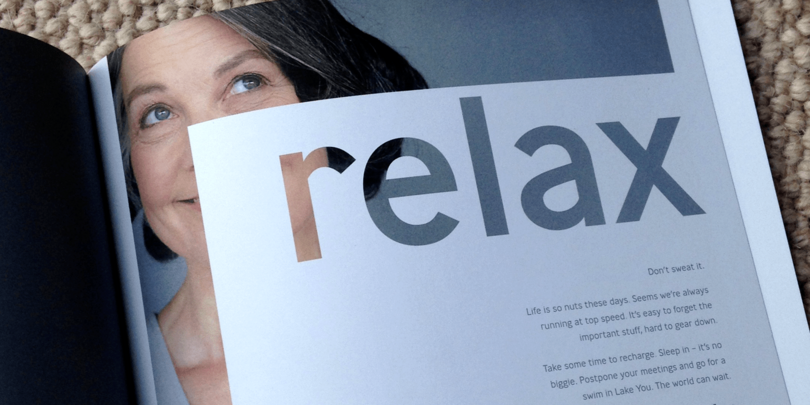
Ministry is based on the original British ‘M.O.T.’ (Ministry of Transport) alphabet: a capitals-only, single-weight design originally created in the 1930s for use on Britain’s road network, and subsequently modified and evolved by various designers. For the digitization, Rian Hughes added an entirely new lower case, italics and a range of weights. The lower case mimics the forms of the capitals wherever possible, taking cues from the previous designers for letters such as the a and g, with single-tier versions in the italic. A uniquely British font that is now available in a versatile family for modern use, Ministry offers 14 different weights.
Blackcurrant
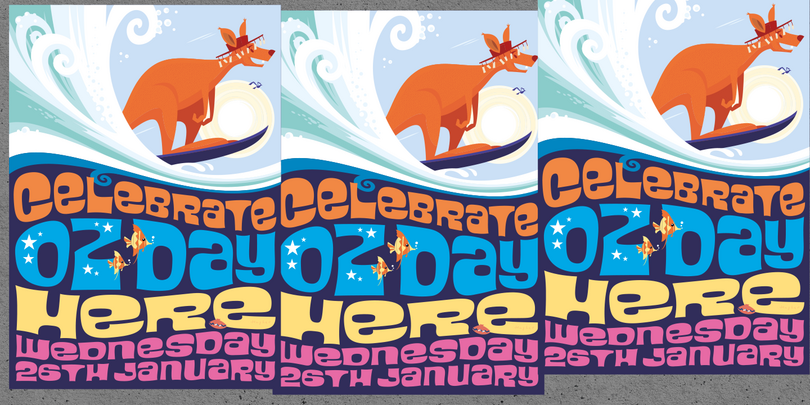
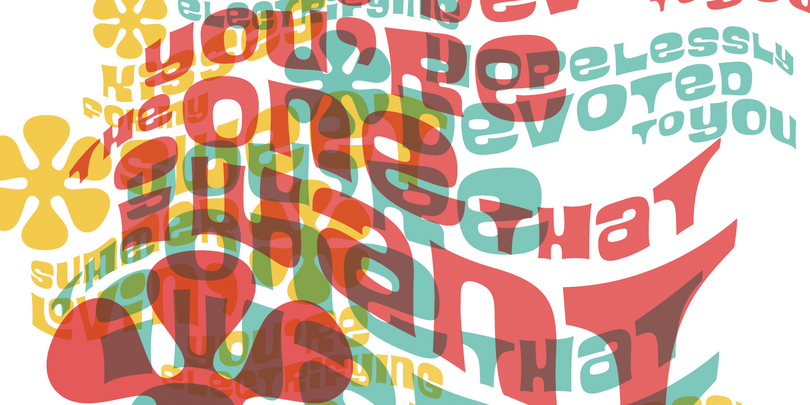
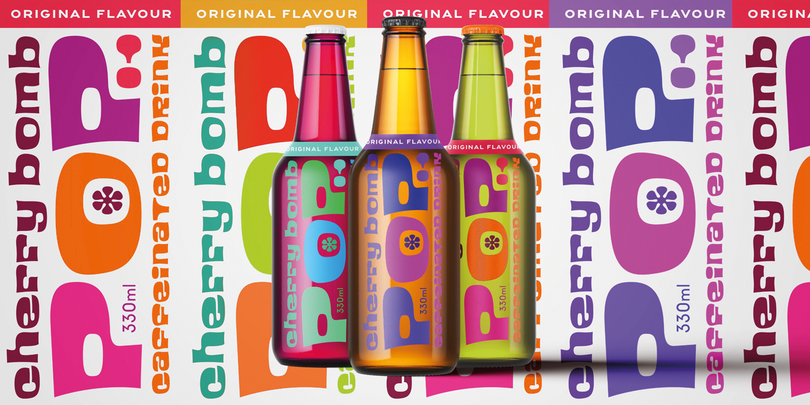

Blackcurrant is one of those Rian Hughes fonts that blend in seamlessly with his colorful style of outline drawings. No need, though, to commission illustration work from him to get that vintage cartoon atmosphere: this font family does it all by itself. Whimsical and cheerful, Blackcurrant’s asymmetric forms add fun to flyers, packaging and Tourist Board brochures. “Squash” is the more condensed version, “Black” is rather wide, and “Cameo” has its own unique look.
Paralucent
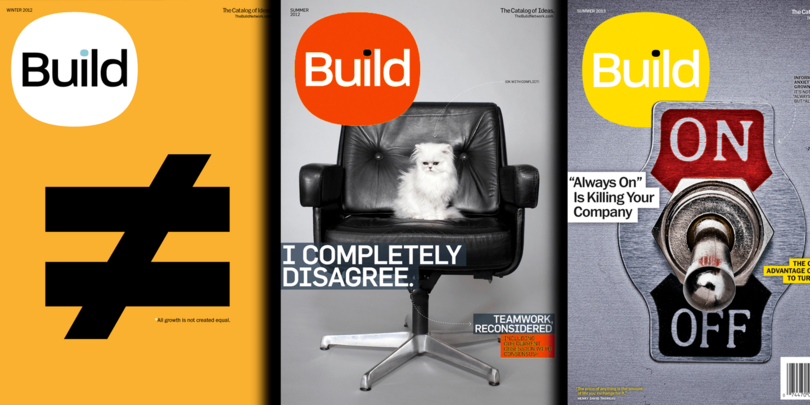

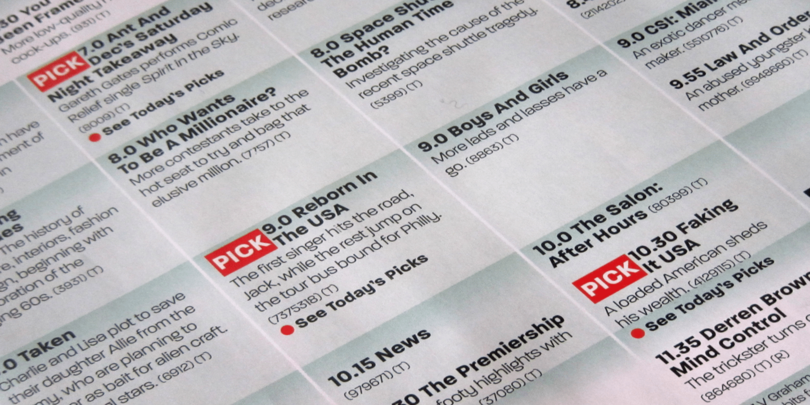
Paralucent, a versatile, all-purpose modern sans serif, is the designer’s take on the Helvetica/Akzidenz model — inspired by the industrial types of the late 19th-century — but it is much more personal and lively. Text weights have been adjusted for use at small point sizes, and feature more open character shapes, looser inter-letter spacing for improved readability, and lining numerals for use in listings and tables. The design focuses on the negative space between characters and an unusually high lower-case x-height that give more color and improve legibility. This popular font has been featured heavily in magazines such as Loaded, Heat and TV Quick, as well as in high-end coffee-table photography books and gallery websites.
Urbane

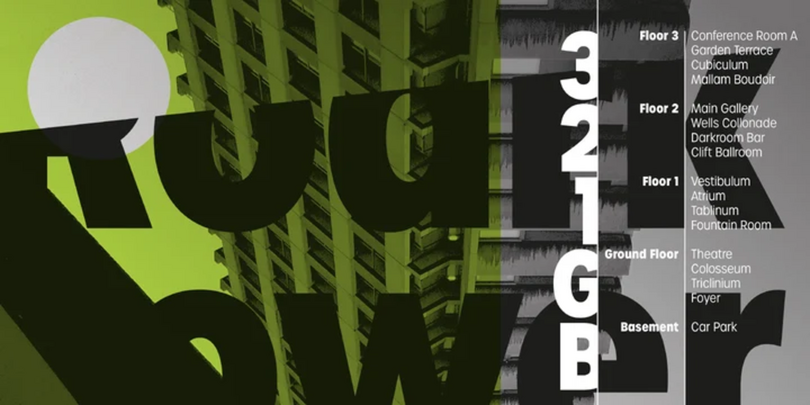
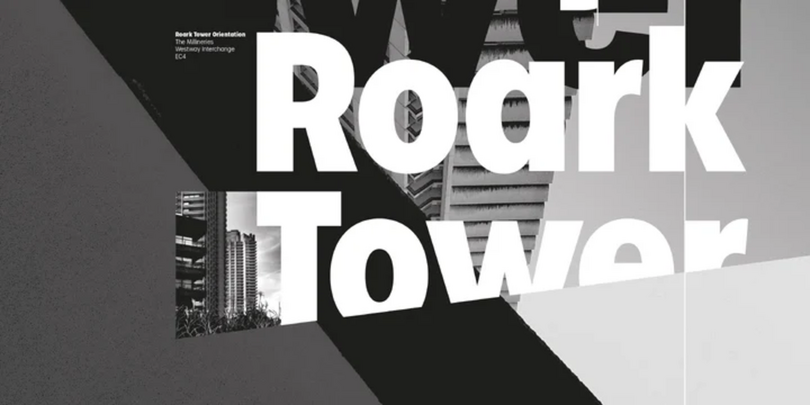
Urbane is a versatile all-purpose sans-serif family of six weights plus italics. It explores the same idea-space as early geometric modernist sans families like Futura, Erbar, Spartan and Elegant Sans, with a single-story a, a contemporary high x-height and very slightly condensed bowls. Perfect for headlines and running text, the typeface is clear, classic and authoritative. Letter-widths are optically balanced, which is unusual for a geometric modern sans, and gives an even color in setting. The font family includes a full international character set, lining, tabular, and old-style numerals.
Kallisto
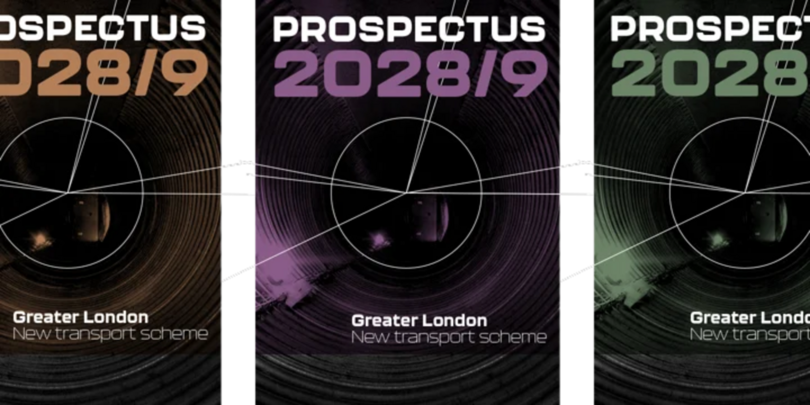
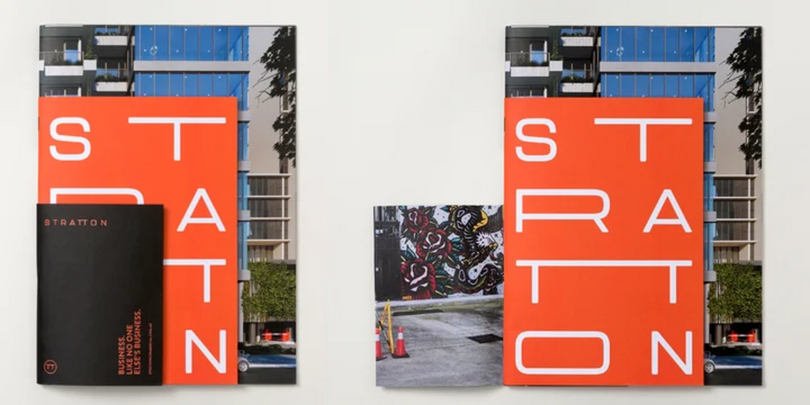
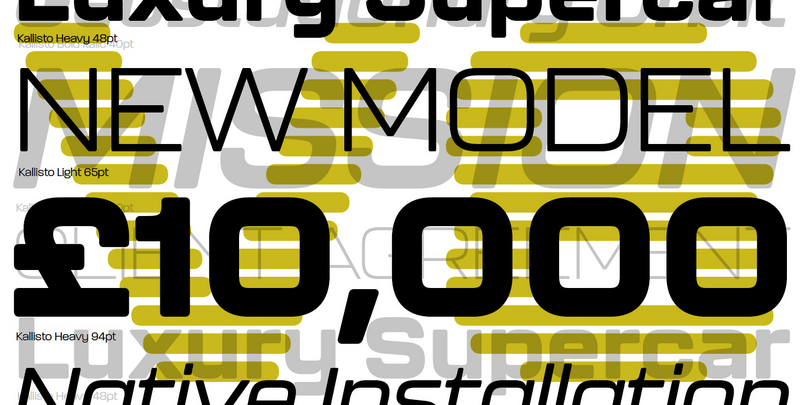
A robust rectangular sans serif font with round corners and subtle rounded stroke terminals, Kallisto marries a rational, machine-made aesthetic with a certain warmth that derives from more familiar letter shapes that can be found on die-stamped or embossed boilerplate signs. Kallisto is offered in 10 different weights and is one of Device’s top-selling fonts on MyFonts. The designer has also created an interesting lined variant of this typeface, Kallisto Lined, which is suggestive of scan lines, speed and display screens.
Dauphine
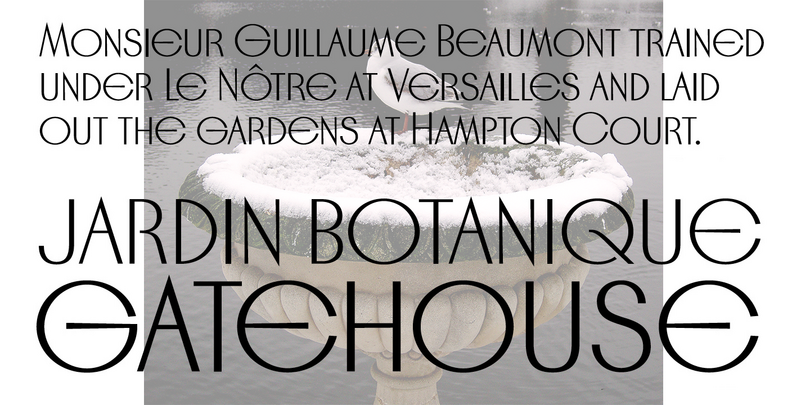

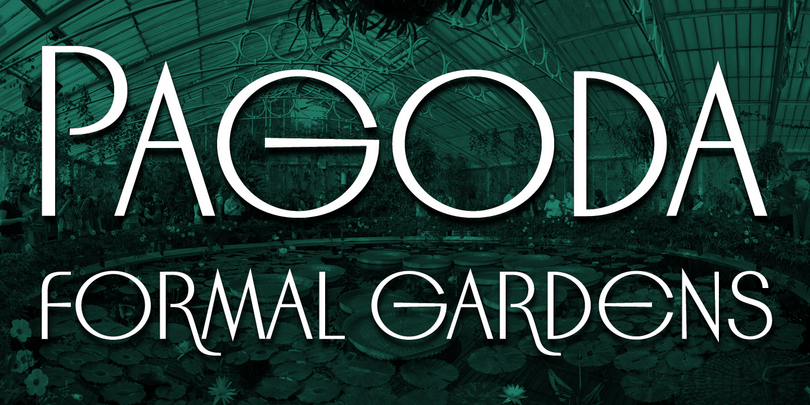
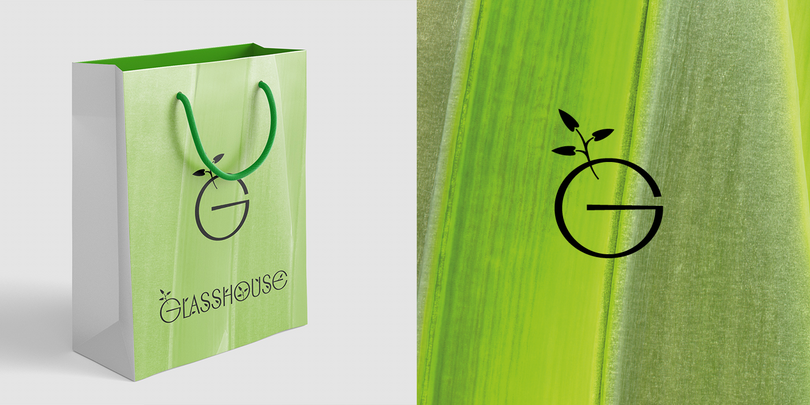
Dauphine is an elegant caps and small-caps typeface that manages to be modern while still displaying perfumed good breeding.The double all-caps alphabet recalls the not-quite-geometric hand-lettering on classy 1930s packaging. The typeface has been used for logos, chocolate boxes, wedding invitations, romance novels and gift labels. The alternate version offers even more flair with its luscious long legs and tails on K, R, and Q. Dauphine comes with a leafy decorative variant — a typeface for spring!
Korolev
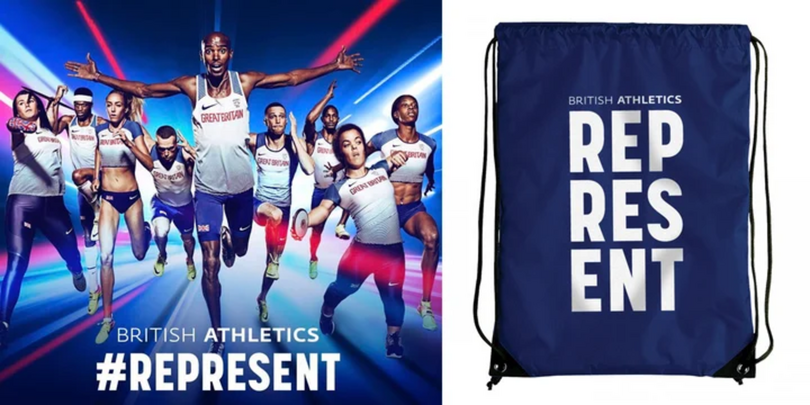
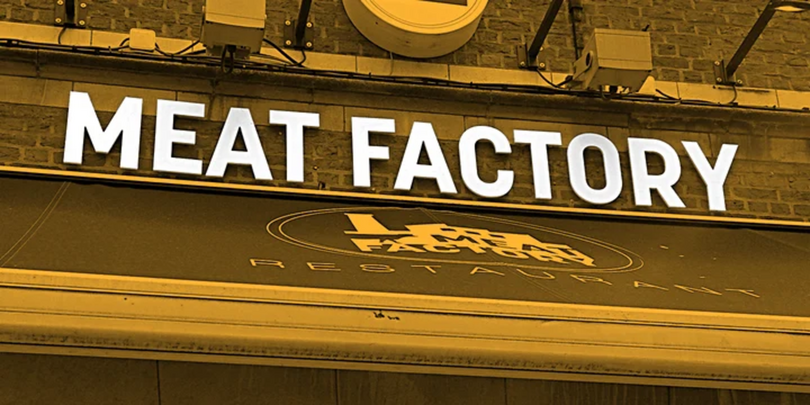
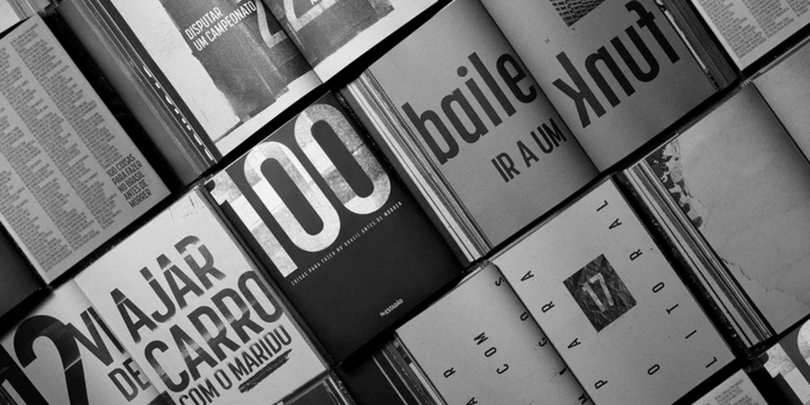
DF Korolev is a 72 weight geometric sans serif family based on lettering by an anonymous Soviet graphic designer from the propaganda displays at the Communist Red Square parade in 1937. It was named in honor of Sergey Pavlovich Korolyov, or Korolev, considered by many to be the father of practical astronomics. Rational and robust, it is also elegant and refined. The complete Korolev super-family includes standard, italic, condensed, and compressed versions, each in five weights, as well as ‘rounded’ and ‘rough’ companion families.